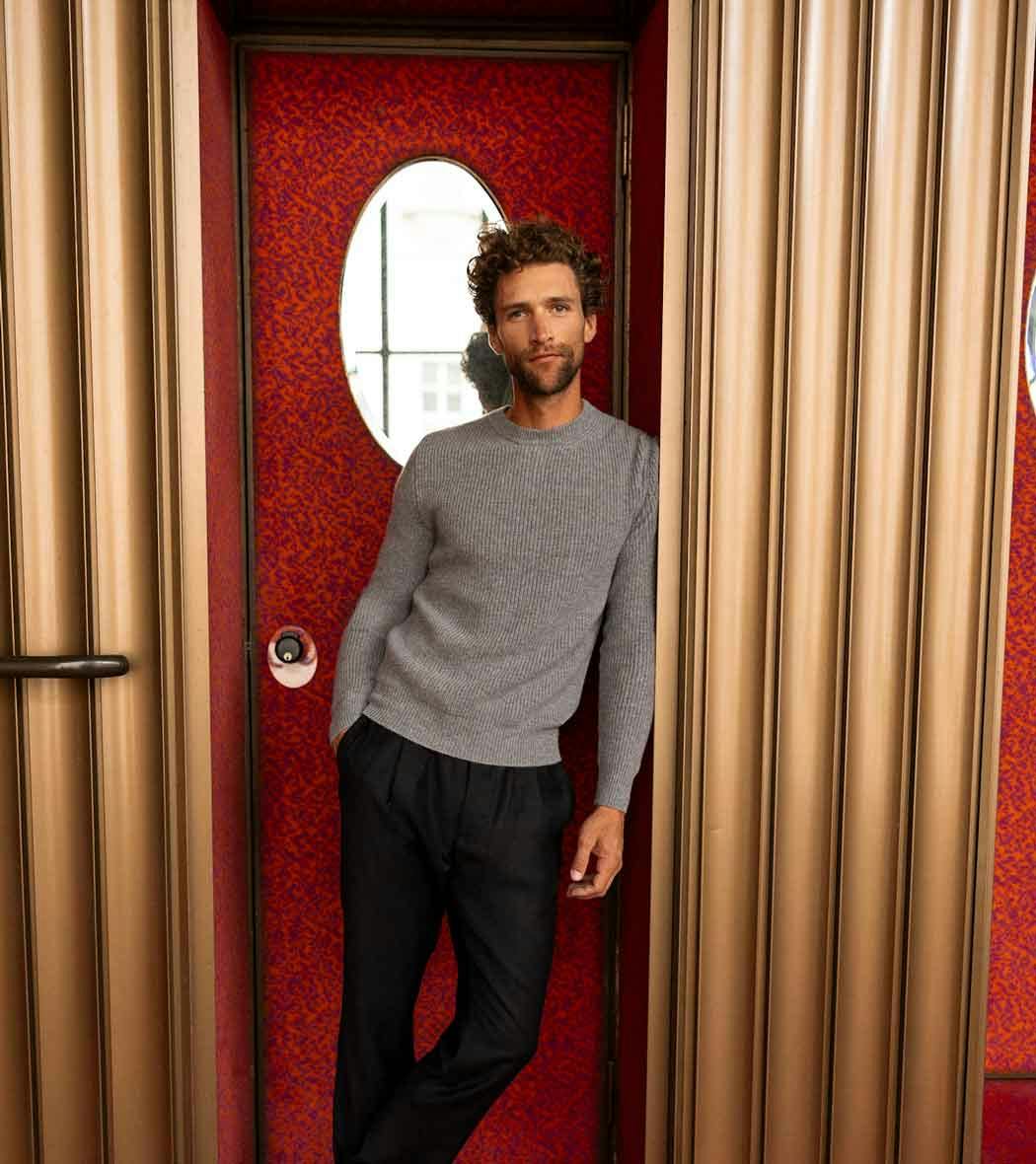
Tutto quello che c'è da sapere sul cashmere. Una guida per intenditori.
La maglieria in cashmere è sempre stata al centro della collezione autunno-inverno di Luca Faloni.
Tuttavia, nonostante la sua reputazione di materiale migliore per i mesi più freddi dell'anno, il cashmere e le sue proprietà uniche non sono sempre comprese appieno. Ecco la nostra guida che illustra tutto ciò che c'è da sapere su questo pregiato materiale.
Il cashmere di qualità non è solo il filato più fine, morbido e caldo, ma è anche un prodotto molto resistente, che può facilmente durare 10 anni e oltre 200 utilizzi se trattato correttamente. In questo articolo esploriamo le sue qualità, la differenza tra cashmere buono e cattivo e come valutarlo. Infine, vi spiegheremo come prendervi cura della vostra maglieria in cashmere nel corso degli anni.















